Overcoming patient skepticism

Digital health is transforming healthcare delivery — improving access, driving growth, enabling population management and system development. It’s helped build and streamline the practice of Jan Bautista, MD.
Cleveland Clinic is a non-profit academic medical center. Advertising on our site helps support our mission. We do not endorse non-Cleveland Clinic products or services. Policy
Cleveland Clinic virtual visits grew from 70 in 2014 to more than 17,000 in 2017, and use of other distance health tools doubled from 2016 to 2017.
“It’s about improving access,” says Dr. Bautista, Internal Medicine, Center for Connected Care. “It’s about improving quality.” Today more than 20 Cleveland Clinic institutes offer virtual visits with more than 10,000 virtual visits completed in 2018 (as of October).
Dr. Bautista shares why he sees 80 percent of his patients virtually.
Since last summer, I’ve been conducting telemedicine visits for our patients in the Medical Care at Home practice. Medical Care at Home patients (who are homebound) who are in need of an urgent visit or a hospital follow-up call our office, where a team of patient service specialists, medical assistants and nurses identify and schedule virtual visits.
In the field, we have four paramedics who commute to patients’ homes, perform an assessment and connect with me on an iPad for the virtual visit through Cleveland Clinic Express Care® Online. To continue to improve access, we need everyone to consider offering these visits and other distance health tools and platforms.
By improving access, we are able to see patients who may not otherwise travel to receive Cleveland Clinic care. And for those willing to travel — they likely don’t always need to.
Also, because we are seeing the patient at their home we can get a better idea of what that person is dealing with on a daily basis — whether their home setup is safe, or whether they are taking the medications they say they are, for example. It often gives me ideas for other services they may need.
I assumed that some patients would feel that virtual visits were impersonal, but their reactions have usually been the opposite. Many patients were excited that we were using the technology specifically for them. Additionally, people generally seem to like, or are at least be intrigued by, seeing themselves on video.
Express Care Online offers patients the option to invite a family member, caregiver or language translator into the visit, even if the two of them aren’t at the same location. I always make sure to introduce myself to anyone who may be on the virtual visit who is involved in taking care of the patient. They are an important part of the care team.
At Cleveland Clinic, the Digital Health team oversees the setup of virtual visits for institutes. Cleveland Clinic Express Care Online is used for follow-up visits (as discussed above) and for diagnosing and prescriptions from a healthcare provider (when appropriate), with no appointment needed. It is available anywhere in the U.S.
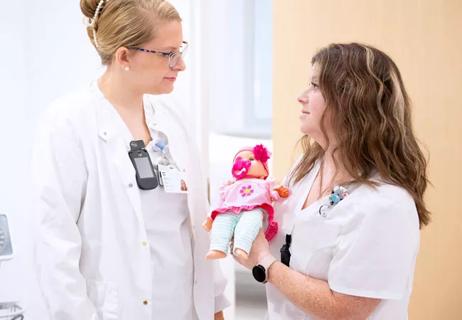
Pilot study confirms feasibility of conducting additional research on the novel treatment
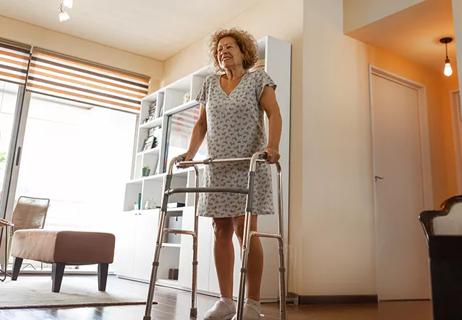
Longer hospitalization does not mean a safer, faster recovery for patients age 70+

Structured data helps identify older adults at risk for poor outcomes, defines patients who require more comprehensive assessments
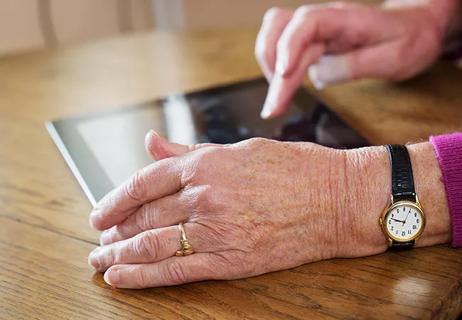
Self-administered tool can be completed in 10 minutes in waiting room

Social prescribing turns leisure activities into good “medicine”
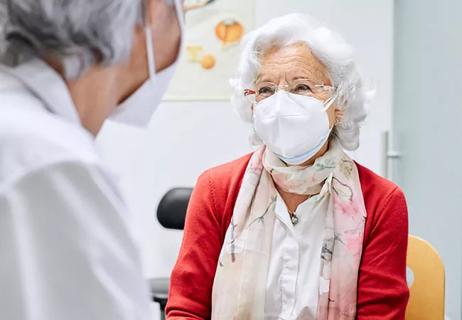
A large geriatric study aims to find the answers
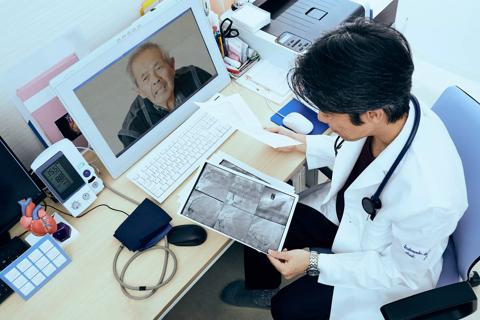
Analysis underscores how telehealth can help pinpoint elder abuse